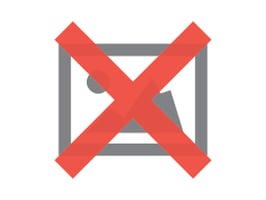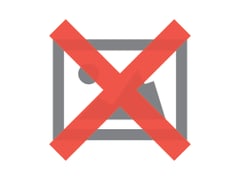REDWOOD LOGIN
Redwood PortalLTL
SCS
SCS Support
Rockfarm
If you are responsible for the transportation and freight management of your supply chain, chances are you are always looking for a way to reduce your freight costs. Since less than truckload (LTL) shipping is a bit more complex than full truckload (FTL), there are numerous ways and places you could be–and should be–saving money.
In this article, we will discuss cost saving target areas that you may have missed when it comes to your LTL shipping.

Shopping around for the best carrier is the first step to decreasing your freight cost. Each carrier’s rates will vary depending on the lanes and commodities you’re shipping because carriers specialize in different areas of the U.S.
Don’t be afraid to work with multiple carriers, but also remember it has less to do with the number of carriers than it does with making sure each carrier is the best fit for meeting your company’s needs. You will ultimately receive better rates when working with a carrier that can move your freight comfortably within their network.
When dealing directly with a carrier, many shippers focus primarily on receiving the highest discount. In reality, there are so many other things that should be a factor in this conversation.
While a large discount percentage can sound intriguing, you should take a closer look at the price when coupled with the base rate. Although a carrier may offer you a lower discount rate, if their base rate is significantly less, it could end up being a better price.
Accessorials are another negotiation point that should be addressed when working with a carrier. Any accessorial charge can be negotiated to an agreed upon low flat rate, or even waived all together.
One common accessorial charge that is hardly ever negotiated, but should be, is the fuel surcharge. Most times with accessorial charges, if you are willing to bring up the idea, the carrier is willing to work with you. Of course, having a solid relationship, along with offering up a fair amount of business to the carrier, gives you leverage in these discussions.

Most major carriers are transitioning to dimensional weight pricing systems. This is because carriers that are charging shippers based purely on the weight of their product are losing space and money.
For example, if a customer purchases a pair of socks, and the warehouse packages them in a considerably larger box than needed, then this is wasting precious space on a carrier’s truck. Space that could be used for additional products.
When using the dimensional weight pricing method, it identifies space as opposed to weight, and packaging like the example can cause the shipper to be penalized for not packing efficiently. Essentially, shippers want to increase pack density. This will decrease shipping costs, and reduce potential damage.
A transportation management system (TMS) helps companies freight efficiently, and cost effectively. A TMS can make your supply chain run much more smoothly, but the number one reason companies implement a TMS is to reduce LTL freight costs. The two main ways this happens is through data analytics and reporting and through labor savings.
Reporting and analytics with a TMS can show you how your decisions are affecting your bottom line. Your TMS allows you to choose a carrier based on transit, the cost of shipping, and insurance limits for each shipment.
Say you choose Carrier A 15 times one month, and Carrier B 10 other times, as in those instances they were the best bang for your buck. Once the month is over, our TMS will allow you to look back at data about both of these carriers. You can see that while Carrier A was more often the least expensive, but had numerous later or damaged shipments, resulting in hours of customer service labor. But, Carrier B delivered all of their shipments on time, with no issues.
The more you use you TMS, the more you decrease time spent on freight management. That’s more time spent on other portions of your business that need attention, increasing your supply chain efficiency.
All of the above actions will undoubtedly increase your supply chain efficiency and decrease LTL freight costs, but implementing them can be time-consuming and expensive. If you’re looking to cut your LTL freight costs, the best way to go is hiring a third-party logistics (3PL) company. A reliable 3PL can execute all of the above activities, lowering your costs and improving your customer service.
If you’re interested is hearing about how a third-party logistics company can save you time and money, contact us here at LTX for a free consultation.